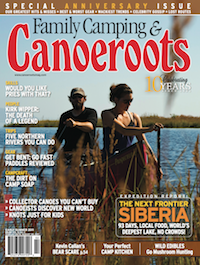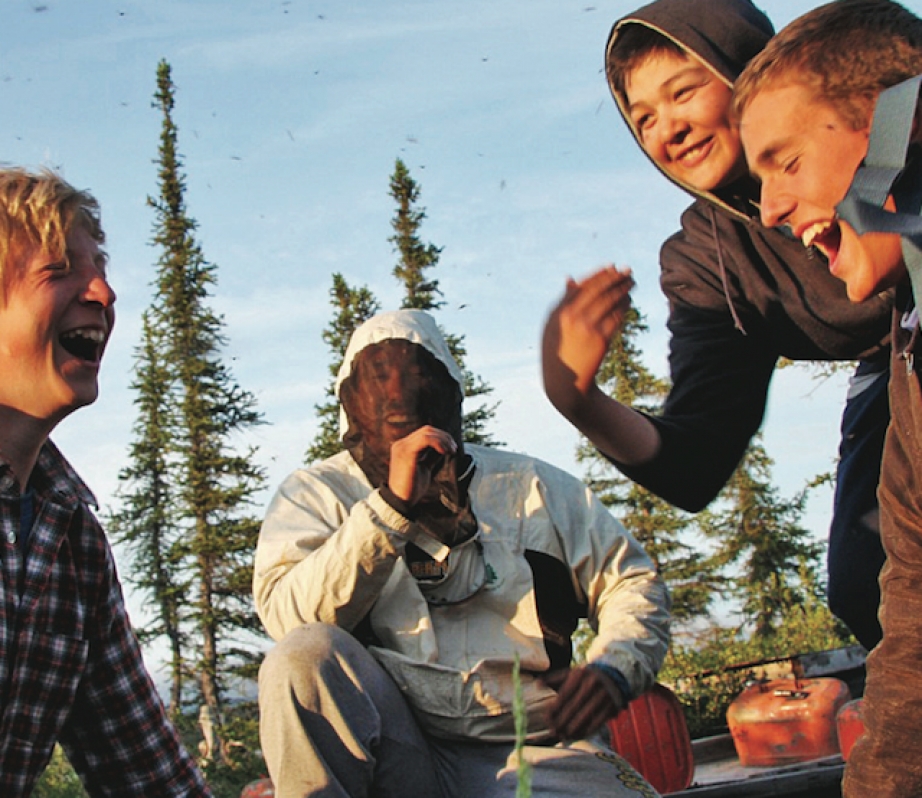Four years ago, when then 15-year-old Angulalik Pedersen left Kugluktuk, Nunavut, to attend high school on full scholarship at Upper Canada College in Toronto, he brought with him a dream that one day he could take some of his southern class- mates north to visit his hometown on the Arctic Ocean.
In the summer before Pedersen’s final year, with the help of his geography teacher at UCC and the Kitikmeot Inuit Association, he finally pulled it all together—a canoe trip on the Coppermine River that would end at his house on July 9, Nunavut Day.
The goal of the expedition—named Atanigi, “when two things come together” in the language of Kugluktuk—was to bring together Pedersen’s new classmates with youth from his home in the North. Because paddling is part of the extra-curricular program at UCC, Pedersen had no trouble drumming up interest for the trip in Toronto. Back home, however, extra-curricular activities involved powerboats, snow machines and ATVs…but not canoes.
With the infectious enthusiasm of Kugluktuk High School counselor cum recruitment officer Kenny Taptuna, however, half a dozen northern youth signed up. They found a canoe and the will to start learning strokes. Unfortunately, it was May and nearly everything was still frozen. As a result, when the group gathered as a whole for the first time on Air Tindi’s wharf in Yellowknife, half had no real paddling experience on flatwater, let alone preparation for whitewater.
Incredibly, the northerners surmounted their inexperience with natural athleticism and a seemingly near-genetic familiarity with boats in general. Aided by the skill and determination of three wilderness guides, the group practiced strokes and maneuvers on the first hundred or so kilometers of calm water near the Northwest Territories/Nunavut border.
By the time the crew turned north at Big Bend and started into the current and class II–III rapids for which the Coppermine is known, cross-cultural paddling teams were working like reasonably well-oiled machines. On the more difficult rapids, lead guide Colin Smith lashed two canoes together to make a pontoon boat— a.k.a. the “party barge”—which created a super stable, almost relaxing whitewater experience for novice paddlers.
At the Coppermine campsites, Taptuna taught nightly lessons in Inuit language and traditional games. Others started string games, throat singing lessons and impromptu inukshuk-building workshops. Traditions from the north and south blended in the common experience of paddling to the Arctic Ocean under the midnight sun.
When the paddlers arrived cold, wet and happy in Kugluktuk on Nunavut Day, they were celebrated for coming together to accomplish something remarkable. Pedersen and the other northerners were recognized by the town as the first people ever from that community to arrive via the river.
Equally significant was the realization of one young person’s dream to make this land just a little bit smaller by bringing people together in canoes.

This article first appeared in the Early Summer 2011 issue of Canoeroots Magazine.




